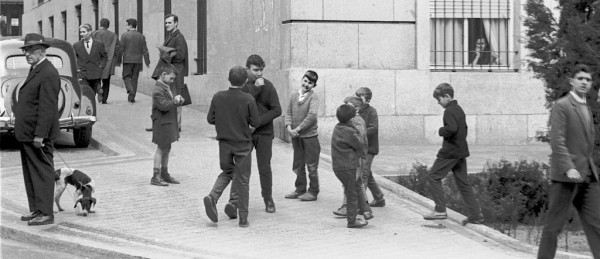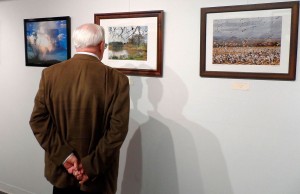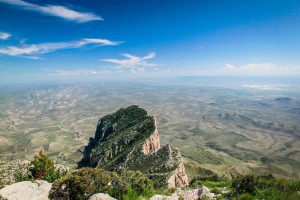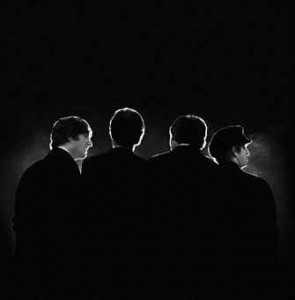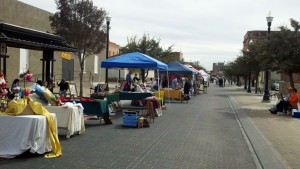Sabina Loghin: From Romanian immigrant to hybrid artist in Juarez, Mexico
|
JUAREZ — The photograph is a self-portrait. But it shows two women — two manifestations of the same woman, a woman who calls herself a hybrid, a dislocated immigrant who still feels at home in a strange new land as she attempts to uncover her own special identity. “I experience a kind of dislocated identity, which I think it’s very common in migrants; feeling like outsiders,” said photographer Sabina Loghin who emigrated from Romania to Mexico when she was four years old. Far from resenting the lack of a visible community from her home country in Cd. Juarez, Loghin embraces her unique hybridization, and acknowledges it as the main inspiration for her art.

